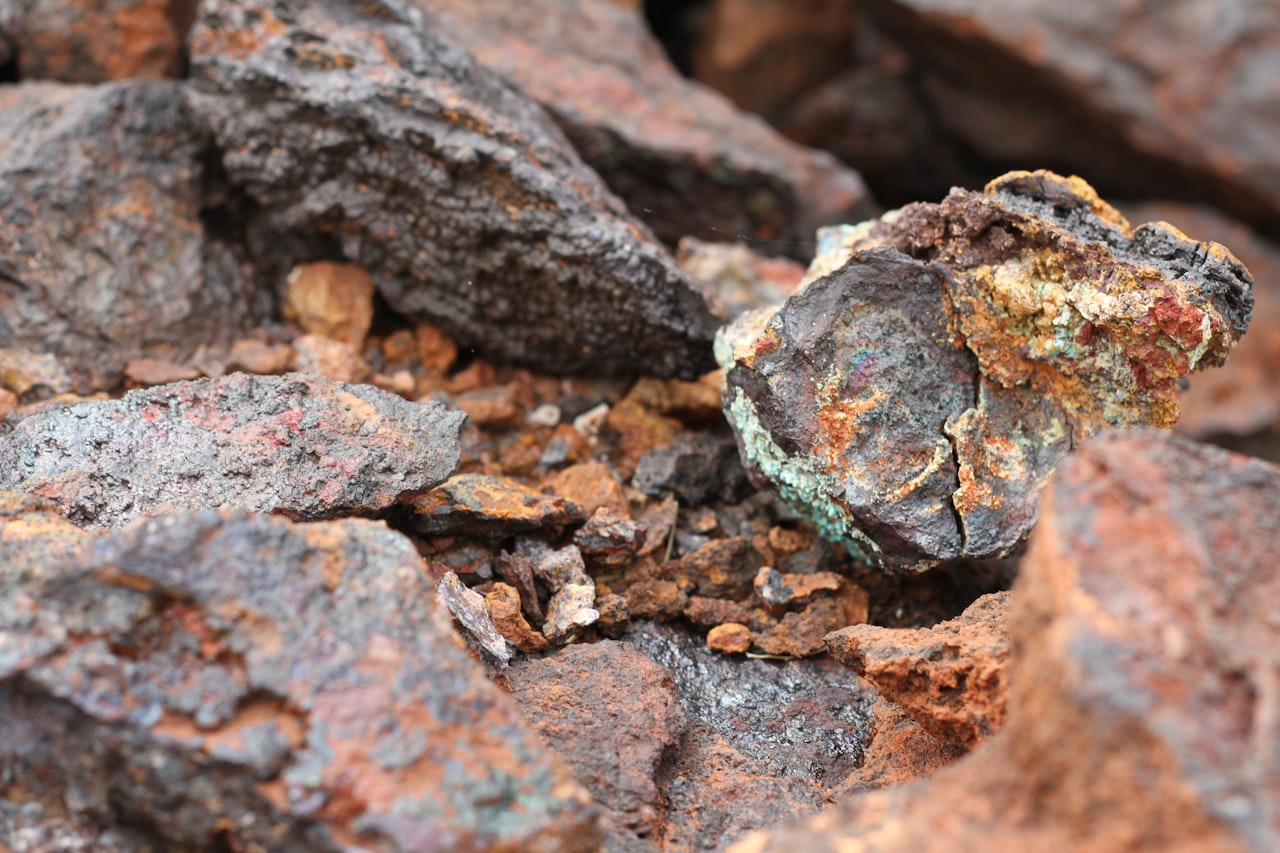Present‑Use Value In Nash: Qualifying Farms & Forests


Paying more property tax than you need to on a farm or timber tract in Nash County? If your land is in active production, North Carolina’s Present‑Use Value program can lower your bill by valuing the property based on what it produces, not what it could sell for. The rules are specific, but once you know the steps you can protect savings and avoid surprise rollback taxes. This guide covers who qualifies, how to apply in Nash County, and what to do when buying or selling PUV land. Let’s dive in.
Present‑Use Value (PUV) is a state program that lets qualifying agricultural, horticultural, and forestland be taxed based on current productive use rather than market value. It is a tax deferment, not a permanent exemption. If the land is disqualified, the county bills the difference for the current year plus the three prior years, with interest. Learn more in the NC State Extension overview of the program and its rollback rules in the Present‑Use Value basics.
For agriculture and horticulture, you must show an average of at least $1,000 in gross receipts per year over the three years before the tax year of application. Gross receipts are measured, not profit. Forestry does not have an annual income test. Details are outlined in the Extension guide on transferring PUV property.
Forestry tracts need a written forest management plan on file that shows sound, commercial timber management. Counties often expect that plan to be in place as of January 1 of the year you apply. See the woodland owner guidance in the Extension note on Forestry PUV.
Agricultural and horticultural tracts must be under “sound management.” The law provides several safe harbors, such as meeting the income test, following best management practices, or having an approved farm plan. The Extension’s PUV basics explains these options.
You can obtain an acceptable plan through the N.C. Forest Service or a private consulting forester. NCFS offers plan services, a fee schedule, and county ranger assistance explained in its woodland plan FAQs.
Start locally with the county’s PUV forms and instructions. Nash County posts state forms AV‑4, AV‑5, AV‑6, AV‑7, and AV‑56 and provides contact details on the Nash County Tax Forms page.
Follow this simple process:
Disclose PUV status early and request an AV‑7 rollback estimate during due diligence. Decide who pays any rollback taxes and address it in the contract. Provide copies of your qualifying documents, such as a forest plan or income records, to smooth the buyer’s continued‑use filing.
Confirm enrollment with Nash County, get the AV‑7 estimate, and collect all qualification documents from the seller. If you plan to subdivide, develop, enroll in a conservation easement that restricts production, or install solar, ask the assessor how the change would affect PUV and possible rollback. Extension reports that utility‑scale solar can lead to removal and significant rollback in some cases; see the recent note on solar development and property tax impact.
PUV is a deferment. If land is disqualified or voluntarily removed, counties typically bill the difference between market and present‑use value for the current year and the previous three, plus interest. Counties offer forms to estimate or voluntarily settle deferred liability, as explained on example county pages like Greene County’s PUV program overview. Before splitting parcels, recording an easement, or changing use, check with the Nash County Tax Assessor to avoid surprises.
Qualifying and maintaining PUV in Nash County is straightforward when you follow the rules, document your use, and plan ahead during a sale. You deserve a partner who knows farms, timber, and the county process and can coordinate the details that keep your tax status intact. If you are planning to buy or sell a Nash County farm or forest, reach out to Legacy Farms and Ranches for experienced, concierge‑level guidance.





Every sportsman has his or her own style when it comes to using dogs as hunting companions.


Discover museums highlighting North Carolina's mineral resources and gem industries.

Rocky Mount residents, according to legislation, are required to pay a property tax on their dogs.

If you have a unique country home, hunting or fishing land, or other premier North Carolina property for sale, call Legacy Farms and Ranches today to learn how they can help you market your property to thousands of discerning viewers across the country.